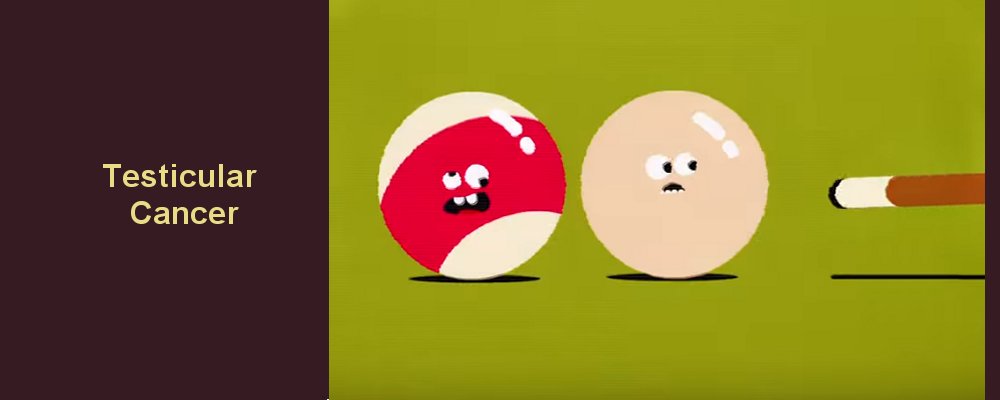
Testicular Cancer | |||
|
Testicular cancer, although rare, is the commonest, solid-organ cancer in men aged 15 - 44 years (see below). Fortunately, it is usually eminently treatable, with an overall 5-year survival rate of 97%
Classically, testicular cancer presents as a painless, rapidly-growing swelling of the testicle, but as many as 20% of patients may experience significant pain, sometimes mis-diagnosed as epididymitis or orchitis. Although early diagnosis is important, the overall prognosis is excellent even after late diagnosis (see the annual statistics below).
Being diagnosed with testicular cancer is devastating – but providing the cancer is detected early enough, treatment can be very successful. This is why it’s important for men to regularly self-examine and tell their GP as soon as possible if any lumps or unusual changes are found.
Diagnosing testicular cancer usually involves an ultrasound scan as well as blood tests, plus CT scans to see whether the cancer has spread, and treatment can include the removal of the affected testis through an inguinal or groin incision. At the same time, an artificial testicular prosthesis can be placed within the scrotum.
In some circumstances local excision or testes sparing surgery, a specialised technique where ultrasound guidance is used to detect the tumour, so that the whole testis does not necessarily need to be removed. Sometimes, sperm freezing is carried out prior to surgery, or it may be possible to directly remove sperm from the testis at the same time (TESE procedure). Depending on the type of tumour, further treatment may or may not be necessary.
Watch this now: Check them |
|
|
|
|
. |
||
